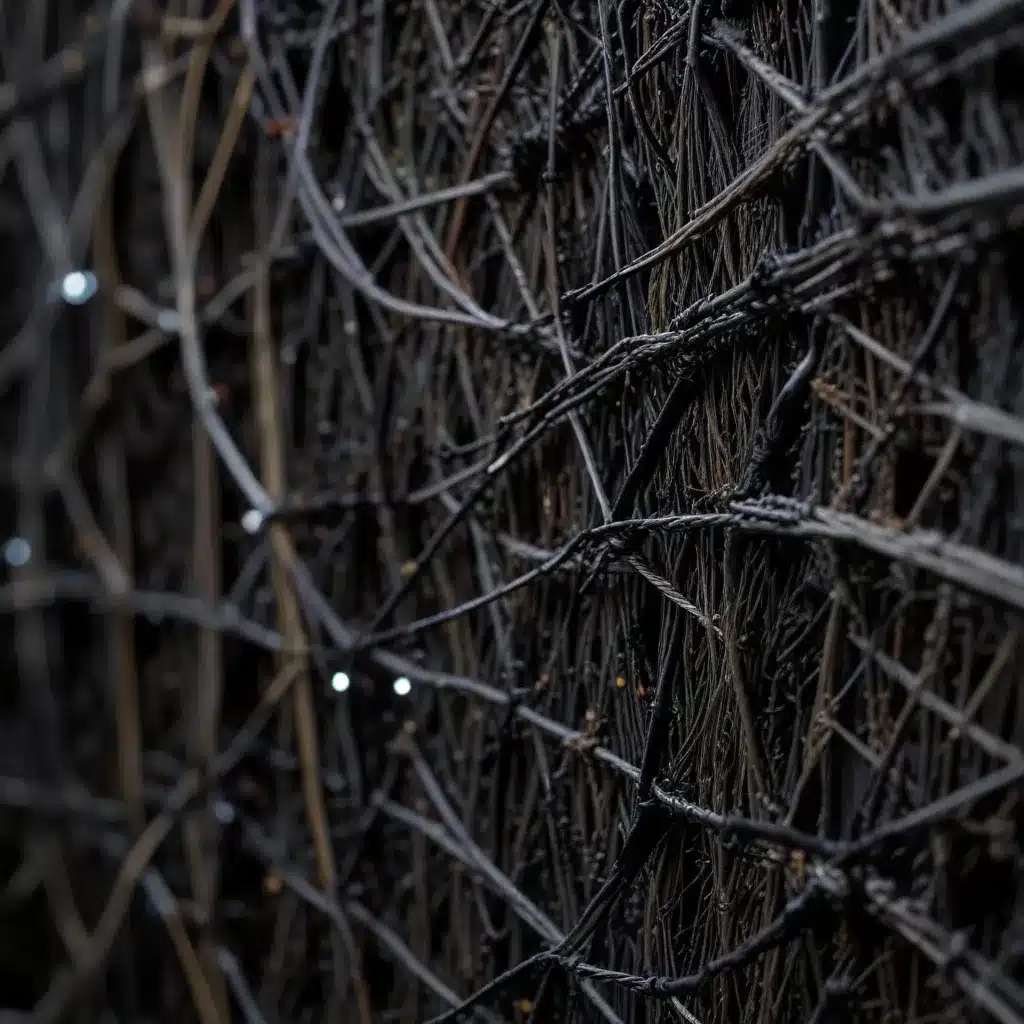
The Rise of Dark Fiber: Empowering Connectivity in the Digital Age
In the rapidly evolving digital landscape, the demand for reliable, high-speed, and scalable network connectivity has become paramount for businesses of all sizes. As data consumption skyrockets and emerging technologies like IoT, edge computing, and 5G become mainstream, traditional network infrastructure struggles to keep up with the exponential growth in bandwidth requirements. Enter dark fiber – a game-changing solution that is poised to revolutionize the way businesses approach their network infrastructure.
Dark fiber, essentially unused optical fiber cables that are not yet “lit” or activated with electronics, offers a world of possibilities for organizations seeking to future-proof their connectivity. By leasing or acquiring dark fiber, businesses can take complete control over their network, enjoying unparalleled bandwidth, low latency, and enhanced security – all while future-proofing their infrastructure for the digital demands of tomorrow.
The Advantages of Dark Fiber: Unlocking Unprecedented Connectivity
Boundless Bandwidth and Scalability
Dark fiber networks provide virtually unlimited bandwidth, allowing businesses to easily scale their connectivity as their needs evolve. Unlike traditional network solutions with fixed bandwidth capacities, dark fiber empowers organizations to upgrade their network speed and capacity by simply modifying the equipment connected to the fiber, without the need for costly infrastructure overhauls.
Enhanced Security and Control
When you lease or own dark fiber, your organization becomes the sole user of the network infrastructure, eliminating concerns about shared bandwidth or potential performance fluctuations. This level of control and exclusivity enhances the security of your data transmission, as your network is isolated from external traffic and potential vulnerabilities.
Reduced Latency and Improved Performance
Dark fiber networks offer lower latency compared to traditional network solutions, as the data travels directly through the dedicated fiber-optic cables without encountering any intermediate network nodes or equipment. This low-latency advantage is particularly crucial for time-sensitive applications, such as real-time analytics, video conferencing, and industrial automation.
Customization and Flexibility
Dark fiber networks can be tailored to meet the specific requirements of your business, allowing you to design and configure the network architecture to suit your unique needs. This flexibility extends to the choice of equipment, network topology, and the ability to seamlessly integrate with your existing infrastructure.
Long-Term Cost Savings
While the initial investment in dark fiber may be higher than traditional network solutions, the long-term benefits often outweigh the upfront costs. By owning or leasing dark fiber, businesses can enjoy relatively fixed bandwidth expenses, avoiding the recurring costs associated with bandwidth upgrades or service provider fees. This predictable cost model enables better financial planning and budgeting for your organization.
Navigating the Challenges of Dark Fiber Deployment
Despite the compelling advantages of dark fiber, the deployment and implementation of such a network can present some unique challenges that organizations must address:
Upfront Capital Investment
Acquiring or leasing dark fiber requires a significant upfront capital investment, which can be a barrier for some businesses, particularly small-to-medium enterprises. However, the long-term benefits and cost savings often justify the initial outlay, and organizations should carefully evaluate the return on investment (ROI) of dark fiber.
Infrastructure Upgrades and Maintenance
Transitioning to a dark fiber network may necessitate substantial upgrades to existing infrastructure, including the installation of fiber-optic cables, network equipment, and the necessary technical expertise to manage and maintain the system. Careful planning and a strategic approach to infrastructure development are crucial for a successful dark fiber deployment.
Accessibility and Geographic Availability
Dark fiber networks may not be readily available in all regions, and the accessibility of these services can vary depending on the location of your business. Conducting a thorough assessment of the dark fiber infrastructure in your area and exploring potential partnerships with providers is essential for determining the feasibility of this solution.
Regulatory and Compliance Considerations
Depending on your industry and geographic location, there may be regulatory or compliance requirements that need to be addressed when implementing a dark fiber network. Ensuring that your dark fiber solution aligns with relevant data protection, privacy, and security regulations is crucial for maintaining legal and operational compliance.
Embracing the Dark Fiber Future: Strategies for Success
To successfully leverage dark fiber for your business network, consider the following strategies:
-
Conduct a Comprehensive Needs Assessment: Thoroughly evaluate your current and future bandwidth requirements, network performance needs, and long-term growth plans to determine the most suitable dark fiber solution for your organization.
-
Explore Partnerships and Collaborations: Engage with dark fiber providers, technology vendors, and industry peers to explore collaborative opportunities and shared infrastructure models that can help mitigate the upfront costs and complexity of deployment.
-
Invest in Scalable and Future-Proof Technologies: When designing your dark fiber network, prioritize the integration of scalable and future-proof technologies that can seamlessly adapt to evolving business needs and emerging industry trends.
-
Develop a Robust IT Governance and Management Framework: Establish a comprehensive IT governance and management framework to oversee the deployment, maintenance, and ongoing optimization of your dark fiber network, ensuring seamless operations and maximum return on investment.
-
Cultivate In-House Technical Expertise: Invest in the training and development of your IT team to build the necessary skills and expertise to manage, maintain, and troubleshoot your dark fiber network, reducing reliance on external service providers.
Conclusion: Embracing the Dark Fiber Advantage
As businesses navigate the digital transformation landscape, the adoption of dark fiber networks has emerged as a strategic imperative. By leveraging the boundless bandwidth, enhanced security, and unparalleled customization capabilities of dark fiber, organizations can future-proof their connectivity, drive innovation, and gain a competitive edge in an increasingly data-driven world.
While the challenges of dark fiber deployment may seem daunting, a well-planned and executed strategy can unlock a world of possibilities for your business. By embracing the dark fiber advantage, you can position your organization for long-term success, empowering your teams with the reliable, high-performance, and scalable connectivity they need to thrive in the digital age.












